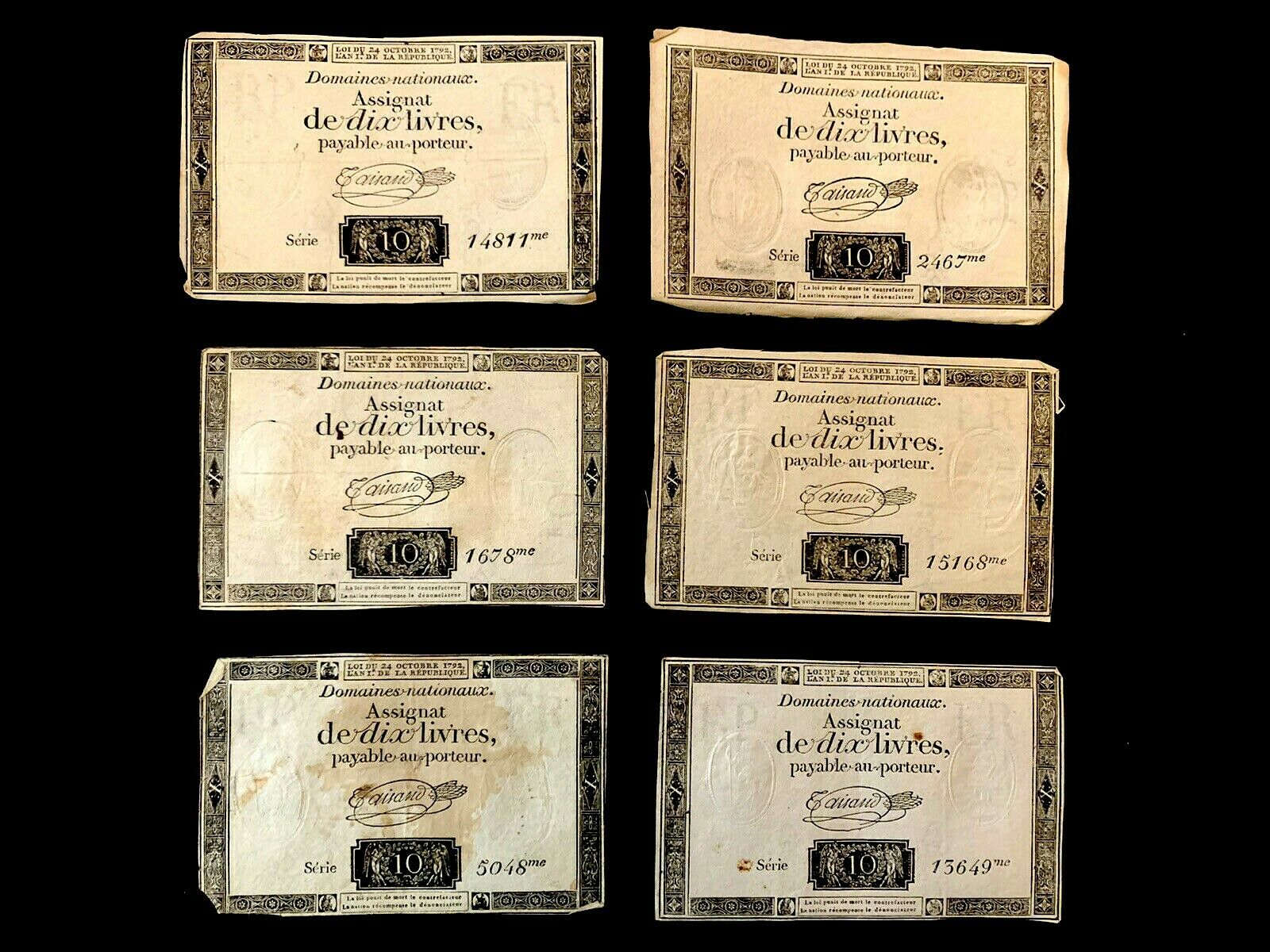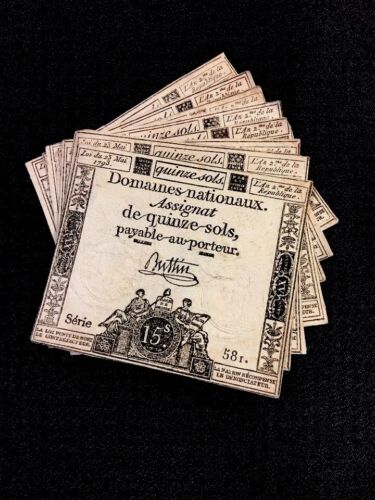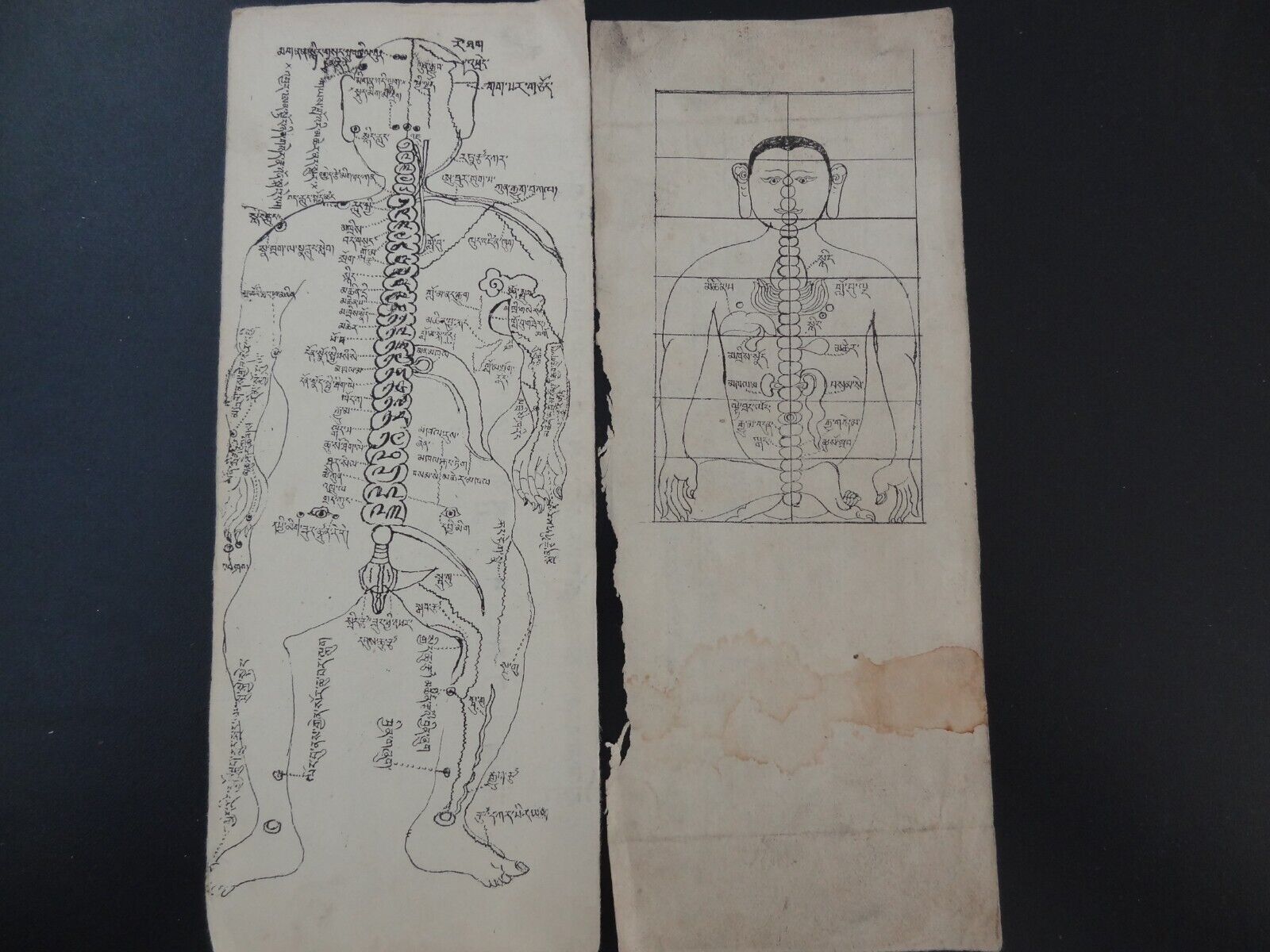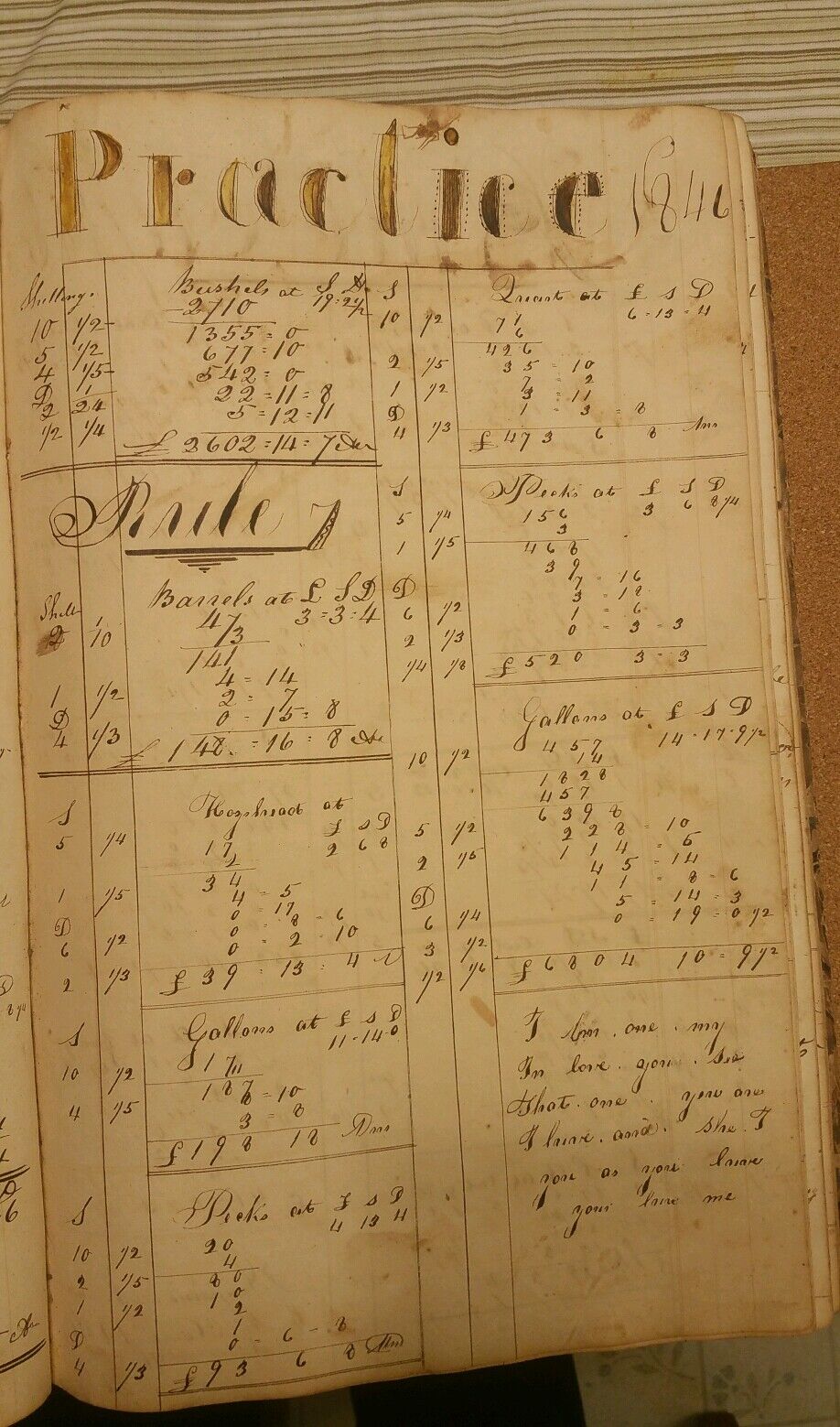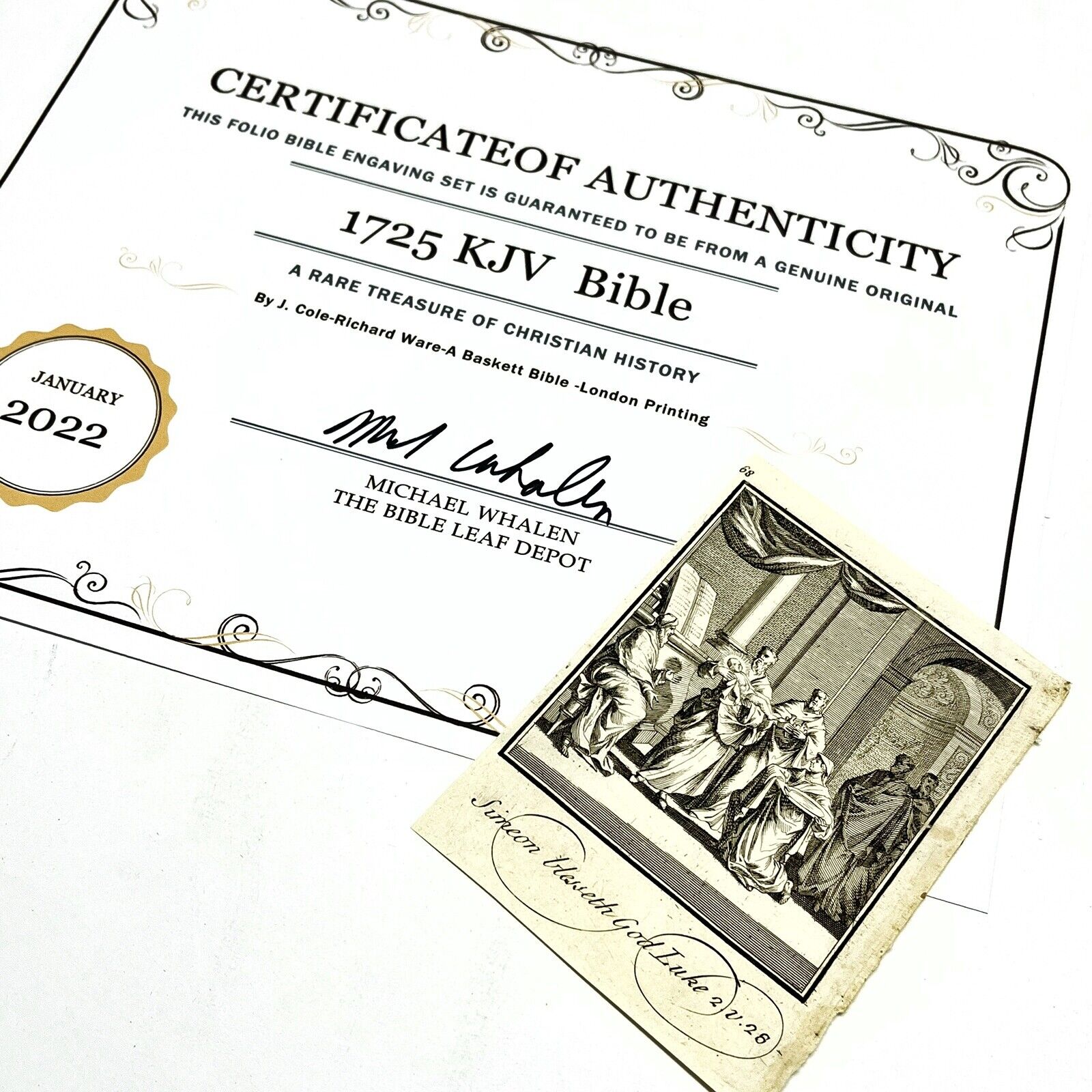-40%
KING HENRI II OF FRANCE AUTOGRAPH 1554 Father of Charles IX Francis II Henry III
$ 1847.99
- Description
- Size Guide
Description
KING OF FRANCE HENRI IIAUTOGRAPH ON VERY LARGE PARCHMENT WITH LARGE WAX SEAL DATED OCTOBER 17, 1554
Extremely Rare Document
on Large Parchment concerning Adjudication of the Land for the benefit of Simon
Brunel Borgeois of Bagnols (Bagnols-sur-Cese)
Countersigned at a Fontainebleau by the Secretary of Finance
Claude de L’Aubespine
with contender or visa signed by the Secretary of the King in the Grand Chancellery and Clerk of the King's Council, Lord of Versailles
Martial de Lomenie
Size of document: 23" x 17" (58 cm x 43 cm) Size of seal: 5.5" (14 cm)
Claude
de L’Aubespine (1510-1567), Baron of Chateauneuf-sur-Loire – a French Diplomat
and Secretary of Finance to Henri II
L'AUBESPINE
, a French family which sprang from Claude de l'Aubespine, a lawyer of Orleans and bailiff of the abbey of St Euverte in the beginning of the 16th century, and rapidly acquired distinction in offices connected with the law. Claude de L’Aubespine had charge of negotiations with England in 1555 and 1559, and was several times commissioned to treat with the Huguenots in the king's name.
From 1537 until 1567 he was one of the four Secretaries of State (ministers managing the government). He was one of the plenipotentiaries of France to the Treaty of Cateau-Cambresis, ending the Italian War of 1551-1559.
He served as secretary of state to kings Francis
I, Henry II and Charles IX. He was associated with the Assembly of Notables at
Fontainebleau, where he produced an edict of tolerance for reforms (1560) and
the "reddition de Bourges" (1562).
Martial de Lomenie -
Secretary of the King in the Grand Chancellery and Clerk
of the King's Council
Lord of Versailles
Coming from the Loménie family, originally
from Flavignac in Limousin, Martial de Loménie, assassinated on the day of the
Saint-Barthélemy massacre (August 24, 1572), was Lord of Versailles.
The d'Albrets were in the 16th century
Viscounts of Limoges. Jeanne d'Albret and her husband, Antoine de Bourbon,
cousin of the King of France, who became King of Navarre after his marriage,
sometimes made trips to Limousin, notably to Limoges and to the Château d'Aixe-sur-Vienne. They had become attached to the "Loménie", a prolific and dynamic family, originally from Flavignac, near Aixe. The Loménie played an active role in the viscounty. Antoine de Bourbon and Jeanne d'Albret were particularly interested in Martial de Loménie and took him to the Court of France. Remarkably gifted, Martial succeeds quickly. By provisions of August 26, 1552, he was appointed Secretary of the King in the Grand Chancellery and Clerk of the King's Council. These were not just very lucrative charges. They put him in daily contact with the king, his ministers and the nobles of the Court. He was also Ronsard's friend.
In 1561, having become rich, Martial de
Loménie bought the land and the Palace of Versailles as well as Grande-Lessard.
Castle and land hardly resembled what they later became under Louis XIV. They
nevertheless aroused the jealousy and greed of the family of Retz.
On April 6, 1571, Martial, prosecuted under
the guise of Protestantism, in fact, because of his attachment to the young
Henry IV and his family, was deprived of his charges by arrest and imprisoned.
Marshal de Retz went to find him in his prison. During a dramatic scene, "using atrocious threats", he made him sign the sale at low price of Versailles for his benefit. Martial was nonetheless slain in his prison on St. Bartholomew's Day (August 24, 1572).
Thus, entered into the family of Retz, the
seigneury of Versailles was sold in 1632 to Louis XIII by the children of
Marshal de Retz, for the sum of 66,000 pounds.
The first mention of Versailles
appeared in a charter of the Abbey of Saint-Pére de Chartres (1038). After
ownership by the Seigneur de Soisy, then by
Martial de Loménie
, who was
the
Secretary of Finances during the reign of Charles IX
, the estate was
bought by Albert de Gondi, who became Duke of Retz and Marshal of France. Gondi received at Versailles Henry III and his brother-in-law, the King of Navarre, the future Henry IV of France, who liked to hunt on his friend's well-stocked estate. This passion for the hunt, which was passed on to all his
descendants
, would help shape the destiny of Versailles. The king, in fact, was sometimes accompanied by the young daphin, and it is thus that the future Louis XIII took to this naturally wild place. As king he would often return in the company of friends to hunt.













